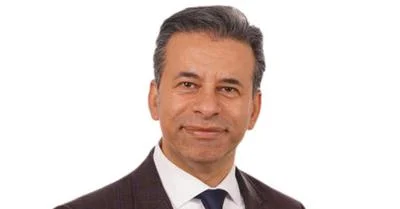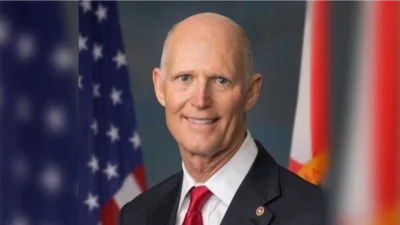WHAT:
The Subcommittee on Environment, chaired by Rep. John Shimkus (R-IL), held a hearing today examining the practices and tools to reduce and manage the impacts of wildfire smoke on public health and local communities. Members reviewed how increasing forest management activities, such as prescribed burns and mechanical thinning, can reduce the severity and size of future wildfires..
WHY:
“The urgency for reducing the severity of these fires is underscored by news reports - and reports from this committee’s own members, including Chairman Walden - of the impacts of wildfire smoke. This smoke can smother communities with high levels of particulate matter and other respiratory irritants. These levels, which are many-fold over normal air quality, intensify asthma and chronic pulmonary diseases, and impact the daily lives of millions of people," said #SubEnvironment Chairman Shimkus.
“Today’s hearing focuses on a topic of great concern to Oregonians and those across the West who are experiencing terrible air quality and choking on smoke from wildfires. In my home state of Oregon alone, we’ve already seen over 700 thousand acres destroyed and the fires are still burning. These fires have left communities in my district blanketed with smoke and with the worst air quality in the world. Medford, Oregon experienced the worst run of ‘unhealthy’ air quality since EPA began recording in 2000," said Full Committee Chairman Greg Walden (R-OR).
WHO:
* Mary Anderson, Mobile and Area Source Program Manager, Air Quality Division, Idaho Department of Environmental Quality (Opening Statement )
* The Honorable Herman E. Baertschiger, Jr., Senator, Oregon State Senate (Opening Statement )
* Tom Boggus, State Forester and Director, Texas A&M Forest Service, on behalf of National Association of State Foresters (Opening Statement )
* Sonya Germann, State Forester, Montana Department of Natural Resources and Conservation, Forestry Division, on behalf of National Association of State Foresters (Opening Statement )
* Collin O’Mara, President and CEO, National Wildlife Federation (Opening Statement )
KEY MOMENTS:
“According to EPA research, premature deaths tied to wildfire air pollution were as high as 2,500 per year between 2008 and 2012. Other research out of Colorado State University suggest it could be as high as 25,000 people a year die prematurely because of this smoke - this is a life and death matter in the West. Making matters worse it’s hard to escape the smoke, even in your own home. Curt in Eagle Point dropped off this air filter from his C-PAP machine … That filter is supposed to last for two weeks - that’s I believe two days. That’s how dirty it got in two days inside his home. Or take this car cabin air filter that was replaced after two months during the fire season." - Chairman Walden
Chairman Walden asked what happens to forests on federal lands when they fail to remove the burned, dead trees after a fire breaks out the second time. Sen. Baertschiger replied, “On forest service lands they’re not going to replant after a fire, so when you have the first fire go through the mortality rate of the live trees is pretty high. The second time or the third time it goes through it takes out the rest of the trees, so there’s no trees to cone out. Cone out means when a tree is starting to die they’ll drop cones, reseed, and start all over again. But after the second or third burnt there’s no trees to do that, so it changes the entire ecosystem of that forest."
#SubEnvironment Chairman Shimkus asked how many fires are naturally-caused versus caused by human intervention. Sen. Baertschiger stated, “When I refer to human cause I’m not talking about an arsonist - it can be a power line failure, it can be a chain dragging from a vehicle down the road. It’s something that has to do with a human and we wouldn’t have that fire if we didn’t have that human element. And it’s getting close to nine out of 10 fires."
RESOURCES:
The Majority Memorandum, witness testimony, and an archived webcast are available online HERE.





